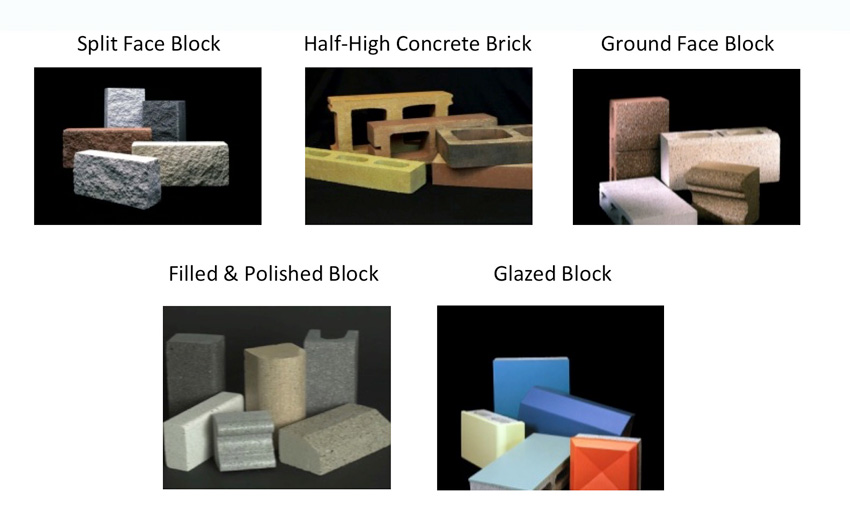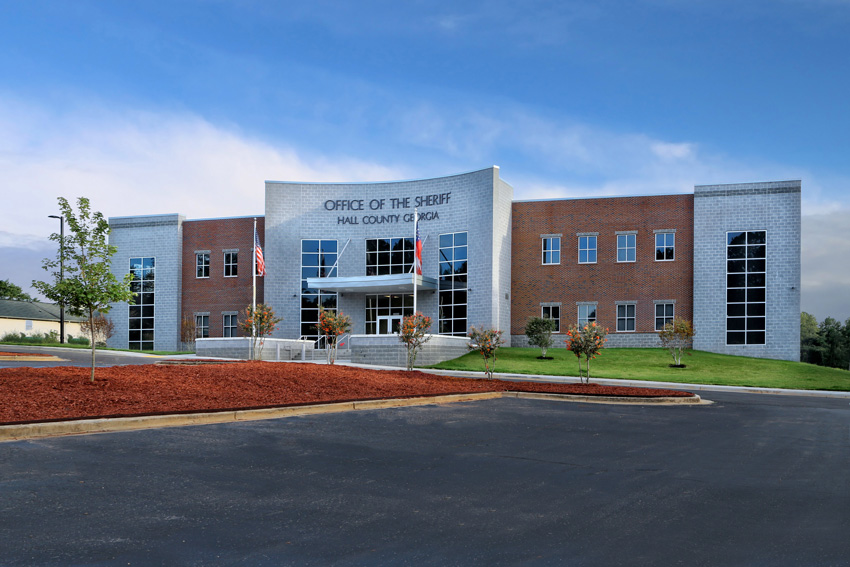Modern Masonry: Fire Protection and Enhanced Performance
Masonry Options For Today's Buildings
Manufactures are continually upgrading concrete masonry products to enhance value and performance beyond the inherent properties of standard block. A systems approach that incorporates several elements is fast becoming a new construction industry standard, as these products offer substantial efficiencies as well as installation and cost saving advantages. With these systems, a single pass installation simplifies the process, eliminating the need for added insulation, and already includes moisture management and finishing materials, thereby saving on labor costs.
Three such innovative systems that enhance the inherent qualities of masonry will be discussed below.
Masonry Foam Panel Systems
High-performance foam panel wall systems are a relative newcomer to the industry. These systems consist of polystyrene foam panels, stainless steel screws, or specially designed stainless steel anchors that affix the masonry solidly to the wood, steel, or concrete masonry structure of a building. In foam panel systems, engineered drainage channels on both sides of the foam evacuate any water that may infiltrate the wall, protecting the structure from damages over a lifetime of moisture exposure.
The key factor in system performance here is the foam, which gives a significant boost to R-values of walls and roofs with minimal increases in thickness. Foam panels can provide high R-values, 9.2 steady state, and include continuous insulation (CI). They also afford acoustical comfort with an STC rating of 61 on steel stud framing and have been proven to resist wind speeds up to 130 MPH (depending on building parameters) according to ASTM E330 with no lasting deformation, virtually eliminating the risk of structural damage. Compliance with NFPA 285 and ASTM E119 assures that tested foam walls have successfully withstood 1 hour of exposure to 1,700 degrees Fahrenheit and above. Foam panel systems may be used over any exterior fire-resistance-rated assembly without changing the assigned hourly rating up to 2 hours. Some systems may also be installed in seismic zones A to D and can be installed on metal-frame or wood-frame buildings up to climate zone 6, and on some buildings with proper installation detailing in zones 7 and 8.
In terms of installation, masonry units insert easily into the designed cells of the foam panels. Typically they are friction fit in the foam, with different types of units having different foam panels. Press fit is only temporary until the mason finally points the mortar at the joints of the veneers. The veneers will be mechanically linked to the base wall through the anchors that are embedded in the mortar as per typical anchored masonry installation. A variety of masonry units are available including durable stone, clay, and concrete brick, with others under development.
To recap, these foam systems are not traditional masonry units. They are insulated panel systems anchored to the exterior of a building substructure. The insulated panels have drainage planes built into both the front and rear as well as molded pockets or profiles that allow the veneer units to be held in place while the joints are mortared and struck. The foam panel systems combine enhanced performance capabilities with the aesthetics of traditional masonry.
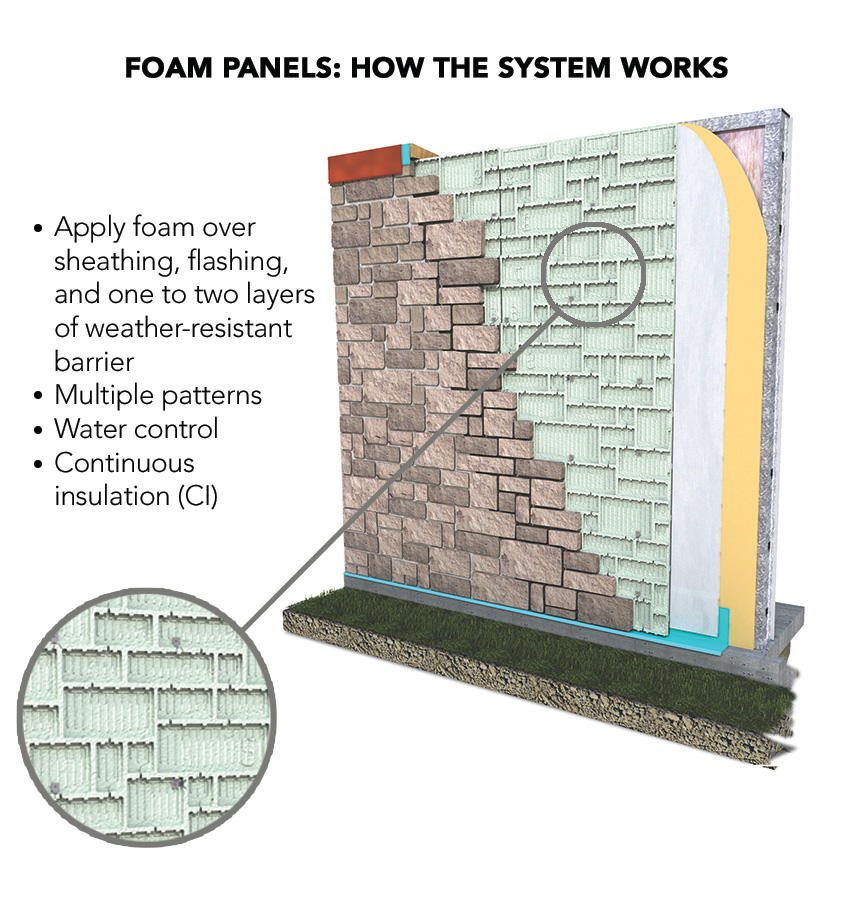
Insulated Concrete Masonry Systems (ICMS)
Another enhanced option is the insulated concrete masonry system, or ICMS, which consists of a preassembled structural masonry unit, an insulation insert, a thin veneer face, and all components necessary to address inside and outside corners, windows, and door openings, maintaining a fully thermally broken envelope. The most effective of these assemblies include high-performance expanded polystyrene (EPS) molded insulation inserts that give the assembled unit a total effective R-value of 16.2 at 75 degrees Fahrenheit.
The engineered EPS inserts are designed with a vertical shiplap, and the system also includes a closed-cell foam gasket installed on the horizontal joint to ensure a continuous insulation without air leakage.
The ICMS meets IECC Energy code requirements from zones 1 through 7.
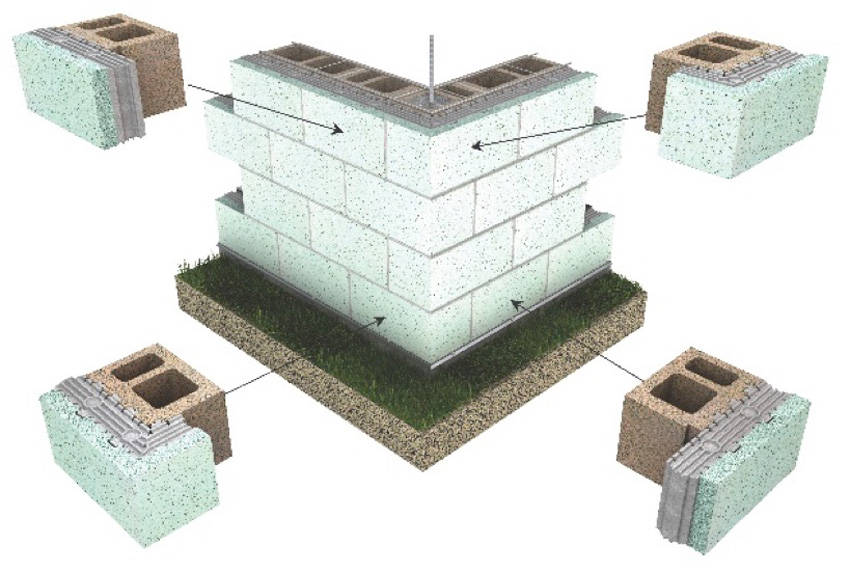
Anatomy of an ICMS
Stainless steel metal anchors molded into the EPS confer superior structural stability through a safety connection to the back wall during windloading as well as for fire safety. With the veneer and anchors, the wall system can withstand up to 100 PSF of windload. Some ICMS include two additional drainage planes at each side of the continuous insulation for more effective moisture management—particularly useful as buildings age and water infiltrates cracks in the mortar. These drainage planes eliminate the likelihood of mold and mildew.
The ICMS is particularly useful in a regulatory environment of increased R-values. These insulated systems are also fairly adaptable in size, shape and density, which eliminates the need to glue together multiple boards to achieve the desired insulation thickness. This approach is valuable to architects seeking R-value targets in thickness-constrained applications. As R-value targets continue to increase, these insulated systems are a prime opportunity to easily adapt as a slight increase in insulation thickness can provide the necessary thermal performance.
Mortar Admixture: Upping Masonry’s Moisture Control
Another way in which traditional masonry material has been upgraded is through water-repellent admixtures, which have proven to be effective in controlling moisture intrusion. The “secret sauce” here is the anti-wicking action of the integral water repellent, which acts to minimize water absorption and permit any water that has breached the surface to drain toward flashing and weep holes. Untreated masonry, on the other hand, will usually absorb water through capillary suction or wicking. The admixture is not entirely impervious to moisture, however, which makes the masonry “breathable.”
Three types of admixture have been used in the past: calcium stearate, tall oils, and polymetric. Of the three, the polymetric creates a surer bond between mortar and masonry units. The air component of the admixture will vary by brand, and the higher the air content, the lower the compressive strength, which can jeopardize the bond. On the other hand, insufficient air content will decrease the mortar’s freeze-thaw resistance. In addition to having adequate air content, polymeric admixtures make for a denser, more uniform unit that controls moisture and carries a minimal risk of efflorescence.
Admixtures are particularly effective in lightweight concrete masonry units and single wythe construction in protecting against water infiltration and wind-driven rain. Because joints are especially susceptible to moisture infiltration, specification of both masonry units and mortar with an integral water repellent is recommended to achieve the fullest moisture protection. Recently developed specially engineered granulated formulas can be added to the mortar/sand during the blending process of premixed mortars to improve bond strength over the service life of the building.
Integral water-repellent mortars are available in liquid and powder form. Powders are typically found in preblended mortars. Each type of mortar is available in Type M, S, and N compressive strengths in compliance with ASTM C270 and is engineered as a preblended mortar for consistency, workability, and yield, providing consistent factory controlled mixes, batch to batch, compared to field mixed mortars.
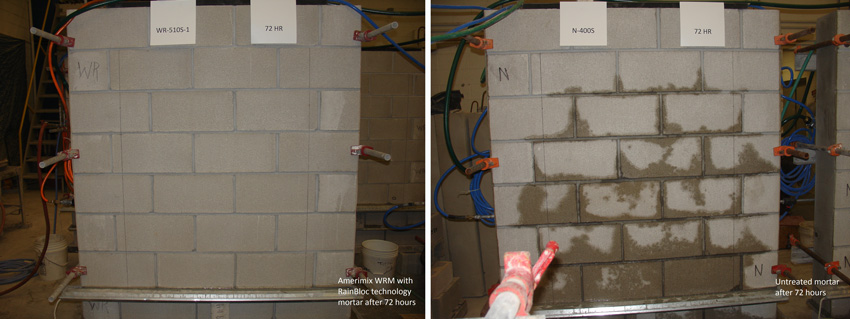
Left: Untreated mortar after 72 hours.
Right: Masonry with integral water-repellent mortar after 72 hours.
When selecting a water repellent, it is important to understand the difference between intregal repellents and those that are site applied. Integrated water repellents were designed to address the problems common with job site applied repellents. An integral admixture assumes accurate blending at the manufacturing facility and that it will be precisely metered, properly proportioned, subject to quality control measures, and delivered as specified. Its presence is detectable and can be verified after the mortar hardens. In job site applications, achieving consistency can be difficult, particularly in inclement weather. The surface life of site-applied water repellents ranges from two to seven years, with a two-coat system often recommended, which adds to the project schedule and budget. Before sealing can be finalized, untreated units may become wet, with ensuing potential moisture problems. Integral water repellents eliminate many of these concerns and require no measuring, mixing, or additional steps, minimizing job site mistakes and the need to stock and dispose of liquid admixture supplies.
Further, integral repellents are engineered as a preblended mortar for consistency, workability, and yield, and are formulated for extended board life, reducing the need to retemper in hot or windy climates. Special applications of these repellents are available for high-moisture environments, coastal climates, or where cement based mortar is the preferred material.
Based on C1384 testing by the National Concrete Masonry Association, essential to demonstrate water repellency standards for mortars, the most advanced preblended mortar products have demonstrated up to an 8 percent increase in flexural strength, significantly decreased resistance to water absorption, and a nearly 50 percent longer board life than untreated mortars.
For aesthetic purposes, color mortar is available and typically sold as masonry cement-based or portland/lime-based products in more than 36 standard colors and custom options. Some manufacturers have their own array of colored blocks sold in a kit format—these can be used in conjunction with water repellent masonry units to provide joint warranty wall system approaches to water repellency. It is important to note whether these products meet, or preferably exceed, ASTM C-270 and ASTM C-1384.
Masonry: An Important Place in Contemporary Building Design
Recently, there has been a rash of construction fires in wood-framed multifamily housing, which has caused some cities and states to reexamine the advisability of permitting larger wood-framed structures. Masonry, an ancient building material that has endured for centuries, is an attractive alternative to wood. Because masonry is noncombustible with widely recognized fire-resistant properties, it is typically specified in fire walls and barriers, and has a strong track record of safety in buildings during occupancy and throughout the construction phase as well. Today, some of the most successful new masonry products are systems that incorporate masonry’s inherent strengths while increasing building performance in a number of parameters, from fire resistance and moisture control to energy efficiency and sound attenuation. With a variety of aesthetic options and proven performance, today’s masonry systems have an important place in contemporary building design.
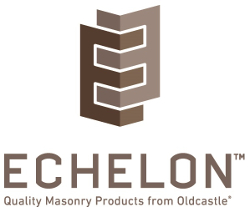
|
Echelon is the consolidated brand for all masonry products and services of Oldcastle Architectural including Trenwyth® Architectural Masonry, Artisan Masonry Stone Veneers®, Quik-Brik® Concrete Masonry Units, Amerimix® Bagged Goods and a complete portfolio of Performance Upgrades. As a single source masonry portfolio solution, Echelon delivers consistent, reliable product manufactured locally at more than 170 locations and delivered by an unrivaled logistics network. For more information, call (844) 495-8211 or visit EchelonMasonry.com |




